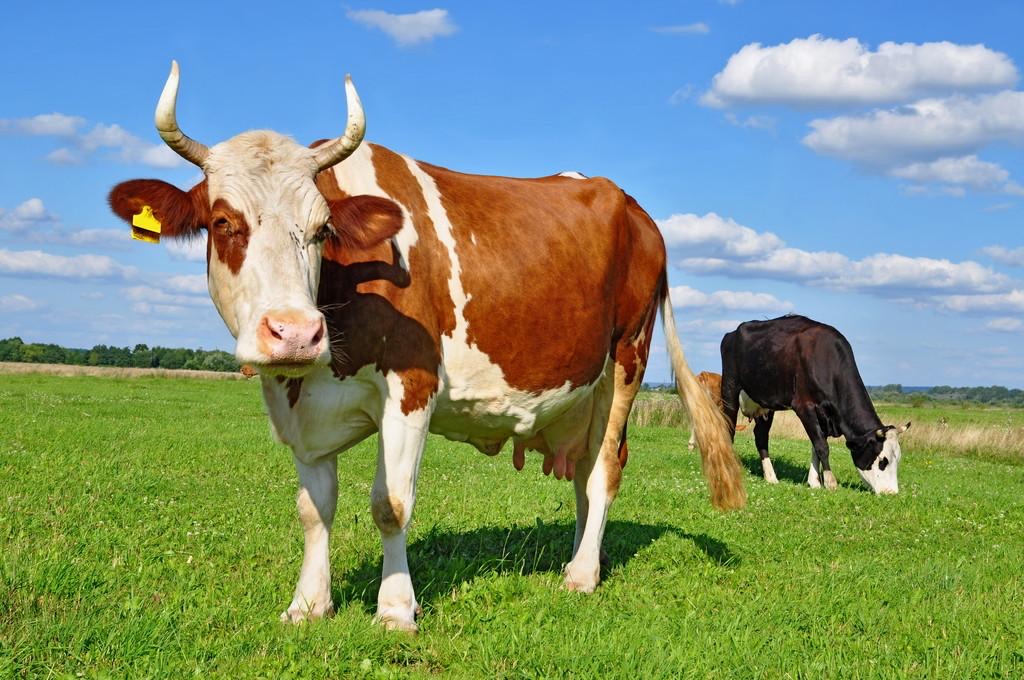

News briefing: There are many factors that affect the milk production of dairy cows. For example, the age, parity and weight of the dairy cow, as well as feed feeding and the physical condition of the dairy cow are inextricably linked. There are also improper operations
Cattle is one of the more common breeding projects in livestock breeding. For example, in rural areas, there are many farmers who raise dairy cows, but many farmers do not understand why the milk production of dairy cows is low, so how to increase the milk production of dairy cows? What factors affect the milk production of dairy cows? Let's find out together:
In response to this problem, we must start with the factors that affect the milk production of dairy cows.
There are many factors that affect the milk production of dairy cows. For example, the age, parity and weight of the dairy cow, as well as feed feeding and the physical condition of the dairy cow are inextricably linked. There are also improper operations in milking cows by some farmers, which will also affect the milk production of the cows.
Many farmers may have said that milking is difficult, but according to surveys, some cattle farmers always squeeze very thoroughly when milking, and then stop until a drop of milk can't be squeezed out by the cow. In fact, such behavior is wrong, and it will cause dairy cows to consume their own nutrients and calories too quickly. If the feed fails to keep up, the dairy cows will lose fat and cannot express milk. And it will also affect the cows to reduce their libido, making it more difficult to get pregnant.
The best milking time should be during the secretion period of the cow. At this time, the body of the cow will adjust the nutrient distribution and hormones in the body by itself. Don't excessively consume all the physical strength and nutrition of the cow every time you milk. During the dry period, that is, just after milking, the cows must be fed with care. At this time, the cows should be fed with more fine feed, and 30% more feed should be added than before milking to ensure that the cows are dry. The period will not lose fat.
In addition to milking cows that affect milk production, the feeding environment of the cows is also very important. If the cow barn is not kept hygienic, the cows are prone to get sick. During the dry period, the immunity of the cows will also be reduced, and they are easily invaded by unclean bacteria in the room. dye. In summer, the cowshed is cleaned three times a week and disinfected twice a week. Lowering the temperature in winter and autumn can reduce the number of cleanups in the cowshed, but the number of disinfections cannot be reduced. The breeding environment must be very clean to ensure the parity and health of the cows.
The latter is that the quality of milk production is sometimes bad, which has a great relationship with the premature maturation of dairy cows. The milk production of dairy cows has a great relationship with the quality of dairy cows. Milk will appear if the breed is not good. Poor yield